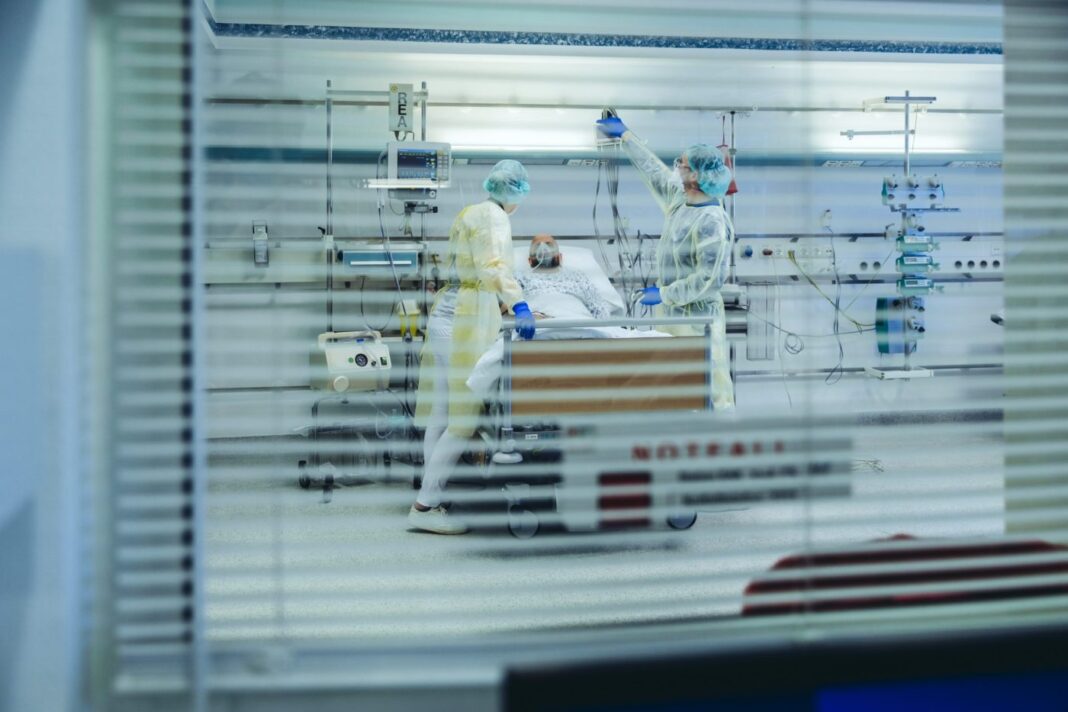Making medicines at the bedside could help industry cut manufacturing costs and streamline supply chains. But turning point-of-care (POC) production into a reality means overcoming some major analytical and regulatory hurdles.
“POC bioprocessing is the next big thing,” says Govind Rao, PhD, director of the center for advanced sensor technology at the University of Maryland, Baltimore County, who looked at the potential benefits in a recent paper.
For industry, the elimination of manufacturing facility-related investment and running costs is the obvious advantage, Rao says.
“The hardware costs for a POC system should be around that of a high-end laptop. If disposable cartridges could be used with all the necessary reagents lyophilized, then production costs could compare favorably with centralized manufacturing,” he explains. “After all, the technology is not that different from that used in ink-jet printers and pod-based coffee makers!”
But facility costs are not the only benefit, according to Rao, who cites the potential for just-in-time production, the elimination of costly cold chain distribution networks, and the ability to tailor manufacturing to specific patients as other examples.
POC strategies
Researchers are already testing a range of different POC production strategies. “There are cell-based production systems in the Netherlands and at MIT, but cell-free is the superior technology for the simple reason that you don’t need all the cell-culture complexities,” according to Rao, who points to a 2020 proof-of-concept study by Adiga et al as one of the most promising cell-free POC processes.
The study highlighted an on-demand approach the authors claim demonstrates “the feasibility of consistently manufacturing safe and effective on-demand biologics suitable for real-time release.”
And the Adiga et al finding is important because real time release is a major challenge for drug companies looking at POC production. The main difficulty is proving purification steps are effective, says Rao, noting that “just getting the analytics done so that real time release is possible is a challenge. There is not much point to POC biomanufacturing if you then have to wait around for product characterization. So, technologies that can combine purification with QC/QA are going to be needed.”
Regulatory innovation
In addition to novel technologies, new regulatory mechanisms are required for POC processing, maintains Rao. “The current paradigm requires extensive stability testing and demonstration of several months of data, which are simply not relevant to a drug made for immediate administration,” he says. “As another example, quarantining of the bulk drug substance for weeks while various QA/QCassays, bioburden testing etc., would need to be simplified.”
However, these regulatory challenges are another reason why a cell-free POC processing would be the best approach, states Rao.
“The goal of cell free manufacturing is to strip the complexity of cell-based manufacturing and bring to bear reproducibility levels that we currently take for granted in the manufacturing of automobiles, computers, smartphones etc. There is no reason to think that such approaches could not be applied to biologics manufacturing at the point-of-care,” he says.


